 Case Study
Case Study
Maintain and enhance forest carbon sinks with silviculture
The impacts of climate change on forest health and productivity are constantly evolving. Weyerhaeuser manages their forests to ensure they remain part of the climate solution
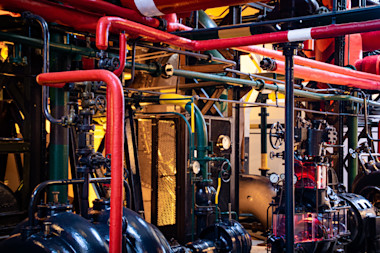 Case Study
Case Study
Reduce fuel oil through hydrogen substitution
By retrofitting an oil-fired lime kiln, the Pacífico pulp mill aims to reduce fuel oil consumption and GHG emissions by using residual hydrogen from a nearby sodium chlorate plant.
 Case Study
Case Study
Optimize company-wide management of energy efficiency
LYB’s value enhancement program (VEP) is a company-wide program reducing costs and emissions by saving energy in procurement, logistics, and customer service improvements.
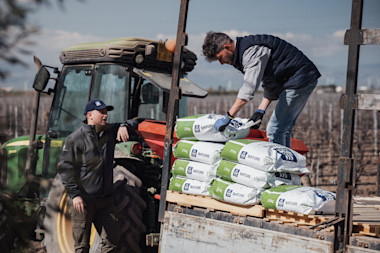 Case Study
Case Study
Use recycled plastic for flexible packaging globally
Reduce carbon footprint by optimized specifications (reduced plastic), maximize recycled plastic use, ensuring all packaging is recyclable, applying collection and recycling schemes to reuse material.
 Case Study
Case Study
Optimize solvent recycling and recovery
Solvent recovery and recycling initiative significantly reduces carbon emissions and promotes sustainable processes in pharmaceutical manufacturing.
 Case Study
Case Study
Use bonus-malus tool to integrate ESG in supplier tenders
BASF further integrated ESG criteria into its procurement process with BonusMalus tool to provide up to 5.5% bonus or malus to suppliers’ tenders in bidding process, based on ESG performance.
 Case Study
Case Study
Map suppliers’ ESG progress on Scope 3 with maturity levels
Klöckner Pentaplast engaged their top 50 suppliers, classifying them into four different maturity levels, to reduce Scope 3 emissions.
 Case Study
Case Study
Harness green hydrogen for ammonia generation
Green hydrogen as an efficient and economically viable decarbonization solution for industrial use, reducing natural gas requirements and GHG emissions
 Case Study
Case Study
Use solar desalination to produce clean water
Solar desalination provides clean water using only sea and sun at private island development company Ki'ama Bahamas.
 Case Study
Case Study
Use renewable energy through distributed generation
Neutralizing GHG emissions from Iguá's electrical matrix using renewable energy from distributed generation.
 Case Study
Case Study
Create sustainability-linked financial instruments
ACCIONA creates financing instruments that are subject to clear and transparent criteria, pursue economic and sustainable/green objectives, and deliver additional local impact
 Case Study
Case Study
Lower product emissions with recycled (PCR) plastics
Replace virgin plastic by using PCR (post-consumer recycled) plastics in products to reduce GHG emissions, conserve natural resources and divert waste from landfills and oceans
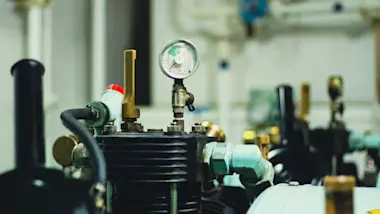 Case Study
Case Study
Use AI air compressor system to reduce energy consumption
To minimize carbon emissions from facility equipment while ensuring production, an adaptive system of air compressors can reduce power consumption per finished good by 41%
 Case Study
Case Study
Transform sewage sludge into agricultural fertilizer
Transforming waste water treatment plants sludge into fertilizer, called biosludge, for planting or restoring pastures
 Case Study
Case Study
Transform product portfolio with assessment methodology
Evaluation methodology for sustainability evaluates products in the portfolio based on set criteria, promoting innovation and classifying offerings
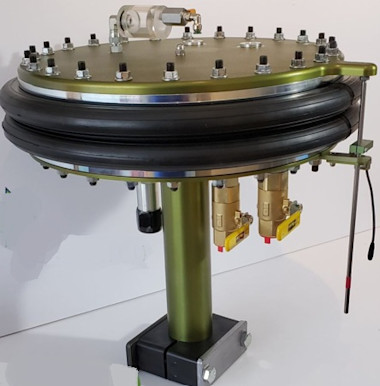 Case Study
Case Study
Switch to variable volume oil reservoir in heavy machinery
Traditional hydraulic oil reservoirs in heavy machinery were replaced with Smart Reservoir technology of variable volume reservoirs, resulting in lighter machines and a reduced carbon footprint.
 Case Study
Case Study
Engage suppliers on Scope 3 with custom workshops
PMI’s Sustainability Accelerator is a program designed to increase supplier capabilities and performance across the value chain by sharing PMI’s sustainability learnings with its suppliers.
 Case Study
Case Study
Switch to regenerative furnace system in glass production
Beta Glass PLC has implemented a regenerative heat technology and electricity boost system to reduce energy intensity by 8% using less energy to melt a ton of glass.
 Case Study
Case Study
Industrialize filterless ambient air purification
Industrialize filterless APA pollution abatement technology to reduce air pollution in manufacturing environments, protecting workers' health and the environment.
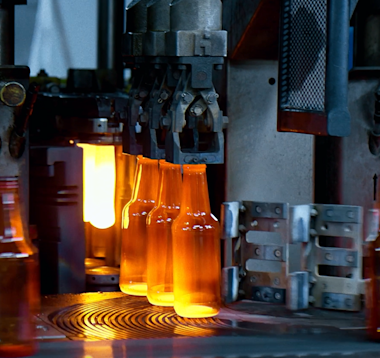 Case Study
Case Study
Switch to hybrid-electric furnace design in glass production
Ardagh Glass’s NextGen Furnace uses hybrid technology to reduce the carbon footprint of commercial-scale glass production, by replacing fossil fuel energy with renewable electricity.
 Case Study
Case Study
Reduce carbon footprint in packaging coatings value chain
Carbon reduction plan for coatings value chain, incl. process efficiency, circular solutions, solvent reduction, and water-based materials, led to 9% Scope 3 CO2e reduction in 2023 vs 2018 baseline.
 Case Study
Case Study
Enable Scope 3 data transparency
T-Systems leverages The Climate Choice's intelligence platform to automate Scope 3 data collection and analysis, enabling transparency and targeted supplier engagement
 Case Study
Case Study
Provide sustainability platform for smallholder farmers
Symrise created a platform for a partnership to empower smallholder farmers with sustainable practices, improving livelihoods, environment, and product quality for a sustainable future.
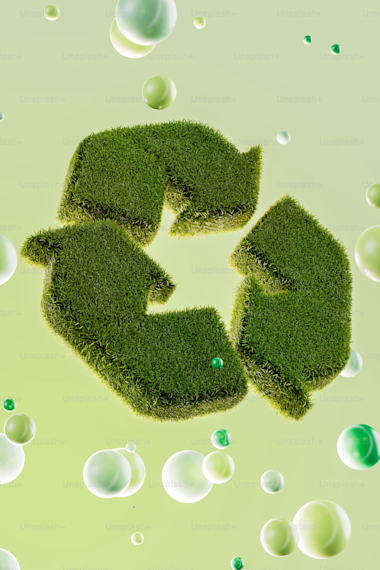 Case Study
Case Study
Implement metrics system for circular packaging
DS Smith Packaging created a set of Circular Design Metrics with five focus areas including design, recovery, and efficiency, applying them into the manufacturing process.
 Case Study
Case Study
Use biostimulants to reduce fertilizers and increase yields
Ajinomoto Agri Solutions used amino-acid rich biostimulant substances to reduce nutrient use, reduce fertilizer inputs, and increase yields of rice cultivation in their operation in Thailand.
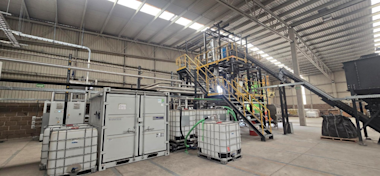 Case Study
Case Study
Recycle polyurethane reactor in refrigeration industry
Imbera/EOS implemented a reactor that can chemically process up to 400 tons of waste polyurethane from old coolers, and transformed it into recycled raw material for new coolers.
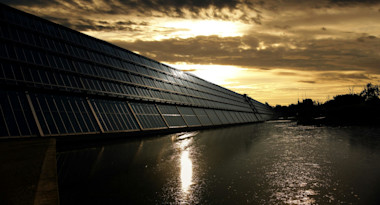 Case Study
Case Study
Apply solar thermal water heating in industrial processes
Givaudan implemented solar concentrators to preheat boiler water, significantly reducing natural gas consumption and GHG emissions in Cuernavaca.
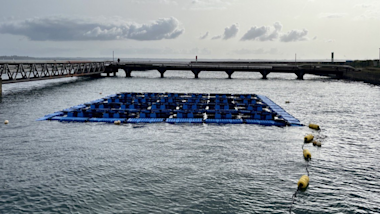 Case Study
Case Study
Utilize floating solar power plant installations
HelioRec installed a 25kW floating solar project in Brest Port, France, overcoming extreme tidal changes, waves and high winds, while saving electricity costs and creating renewable energy.
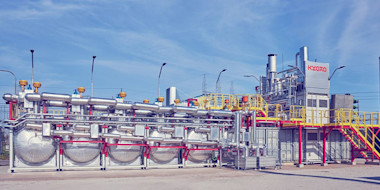 Case Study
Case Study
Use molten salt energy storage in heating and industry
Kyoto Group's Norbis Park Heatcube, a molten salt thermal energy storage system, supports Norbis Park with replacing coal-generated district heating by renewable energy, reducing CO2 emissions.
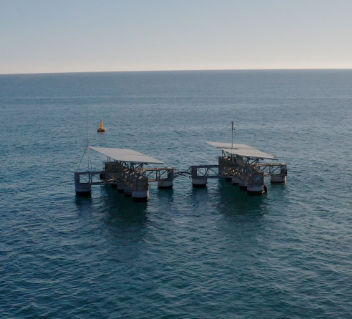 Case Study
Case Study
Deploy high wave-resilient offshore floating solar
This floating offshore demonstrator proved significant efficiency and production gains over comparable onshore rooftop solar installations.
 Case Study
Case Study
Use eco-driving application for logistics and heavy vehicles
Adaptive eco-driving reducing emissions and fuel/energy consumption in heavy-duty vehicles through real-time speed adjustments based on vehicle-to-everything (V2X) road and vehicle data.
 Case Study
Case Study
Reduce food waste & costs with data analytics & tech system
Hotels Magic Costa Blanca uses LightBlue's FIT Food Waste Tech system with significant reductions in food waste, costs, and carbon emissions.
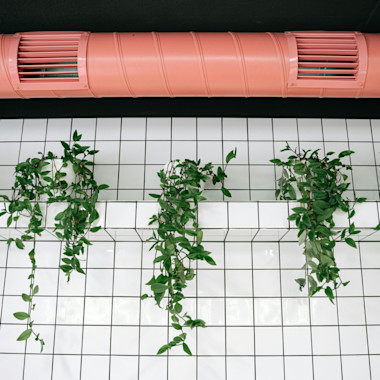 Case Study
Case Study
Enhance building energy efficiency through AI automation
AI-powered automation solution to optimize the energy efficiency of the HVAC system of a large office complex, resulting in significant energy and cost savings.
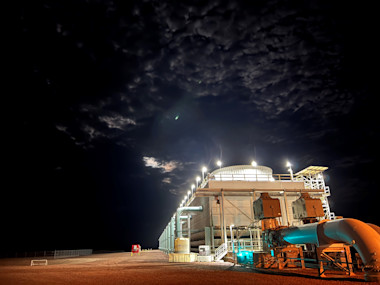 Case Study
Case Study
Optimize lubricant application in industrial turbines
SRP, a major US power utility, partnered with Fluitec to transform their consumable turbine oils into lubricants that will last the life of their turbines, reducing costs and CO2e
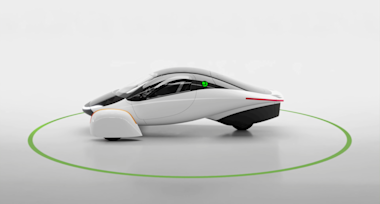 Case Study
Case Study
Optimize electric vehicle design to reduce energy use
Aptera Motors collaborated with AirShaper to optimize the aerodynamics of a solar electric vehicle resulting in significant energy efficiency gains and reduced environmental impact.
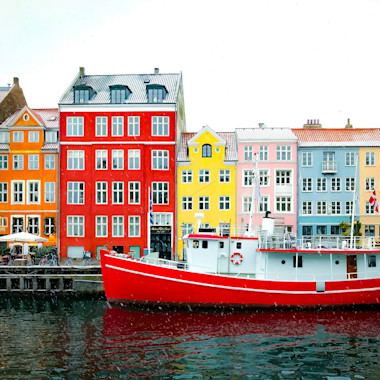 Case Study
Case Study
Re-use excess energy from operations to heat buildings
Novonesis uses captured energy from operations to heat homes through a district heating system in Greater Copenhagen.
 Case Study
Case Study
Switch to carbon-free fertilizers in agriculture
Wyckoff Farms Inc. conducted an effective collaboration with Atlas Agro in growing hops with a carbon-free fertilizer, reducing carbon emissions by nearly 1000 tons.
 Case Study
Case Study
Integrate carbon pricing in supplier tenders
A program to incentivize decarbonization, baselining, drive low carbon supplier selection while educating procurement teams by building carbon pricing into procurement tenders.
 Case Study
Case Study
Optimize water use for rice irrigation
Adecoagro implemented Precision Leveling, Polypipes, and several technologies to reduce the use of water in rice fields up to 30%, optimizing irrigation and minimizing environmental impact.
 Case Study
Case Study
Create additive renewables within grid
Kalsec enrolled in its energy provider's Large Customer Renewable Energy Program; in 2028, half of the primary site’s yearly electricity will come from in-grid utility scale renewable sources.
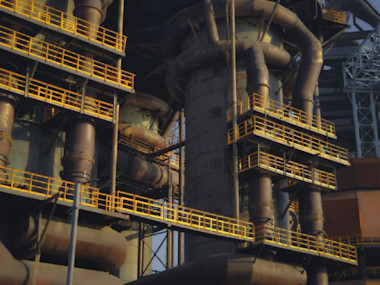 Case Study
Case Study
Replace industrial boilers with biomass boilers
Industrial boilers were replaced with newer technology using biomass, for malt production at Agraria, based on GHG Protocol Brazil
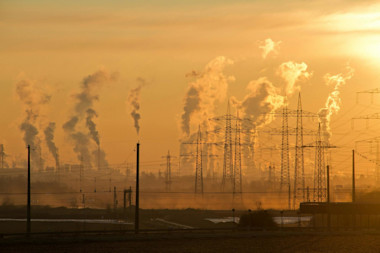 Case Study
Case Study
Apply 3-phase program for global supplier decarbonization
The Zero Carbon Project’s 3-phase program uses digital solutions, active engagement, and agile governance to reduce GHG emission intensity by 38% across 1,000 suppliers, aiming for 50% by 2025
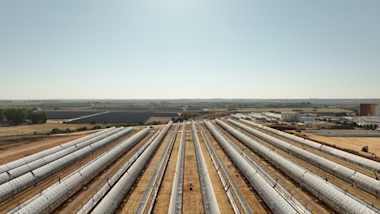 Case Study
Case Study
Utilize solar thermal HaaS to cut industrial emissions
Heineken uses a Heat-as-a-Service model to utilize solar thermal power to reduce emissions from heat generation.
 Case Study
Case Study
Set sustainable energy management standards
Setting sustainable energy management standards to drive the implementation of renewable energy strategies all over the company's operations
 Case Study
Case Study
Decarbonize suppliers through a collaborative approach
Decarbonize the supply chain by incentivizing suppliers and collectively building decarbonization capacity, as well as connecting them to CDP
 Case Study
Case Study
Measure and reduce Scope 3.1 purchasing emissions
Use AI to calculate and measure primary emissions data from suppliers and assess the type of engagement required to assist them in decarbonizing hotspots.
 Case Study
Case Study
Harness PPA for renewable electricity
Using Power Purchase Agreements (PPAs) to achieve 100% renewable electricity goal, through collective efforts with other businesses to support renewable projects
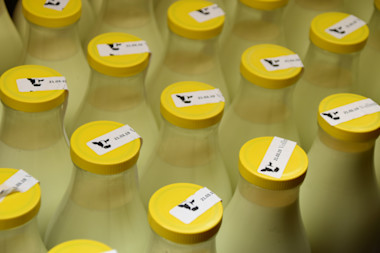 Case Study
Case Study
Incentivize regenerative agriculture in dairy production
Support the transition into a sustainable and regenerative milk production by implementing programs to encourage, technically support, and renumerate dairy farmers.
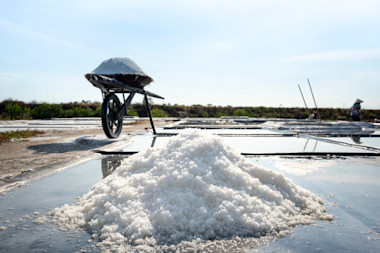 Case Study
Case Study
Produce sodium chlorite with clean energy
Cutting emissions by reducing imports while addressing Scope 2 emissions through the use of clean electrical energy.
 Case Study
Case Study
Use biofuel (ethanol) in light vehicles
With the aim of reducing its GHG emissions related to logistics activities, Iguá sought to use biofuels in the fleet
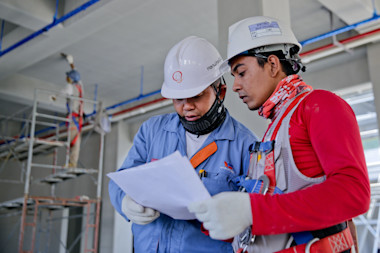 Case Study
Case Study
Integrate energy management systems in pulp and paper mills
Integrating the ISO 50001 Energy Management System leads to significant GHG emissions reductions and cost savings.
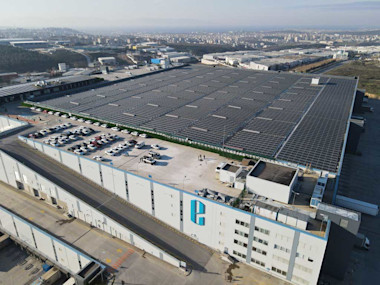 Case Study
Case Study
Invest in solar power for affordable and clean energy supply
Companies can develop rooftop solar power infrastructure to cut emissions and achieve energy independence
 Case Study
Case Study
Develop in-house web-based tools to calculate CO2 footprint
Şekerbank developed an automatic digital system to monitor its carbon and water footprints, and customers can also have their emissions calculated using the application
 Case Study
Case Study
Engage employees on decarbonization
Encourages individuals to calculate and track their carbon footprint through a dedicated app, while motivating behavioral change
 Case Study
Case Study
Use a simplified lease program for renewable energy
Cathay Life will purchase renewable energy on behalf of its tenants and redistribute it based on clients’ RE100 annual goal
 Case Study
Case Study
Align investment portfolio to net-zero goals
CTBC Holding adopted the PCAF methodology to assess portfolio emissions and set up near- and long-term SBTi carbon reduction targets to enable a pathway toward Net Zero by 2050
 Case Study
Case Study
Design low-carbon products with circular economy principles
Design low carbon products by incorporating circular economy principles into product design focusing on eco-friendly materials & energy efficiency.
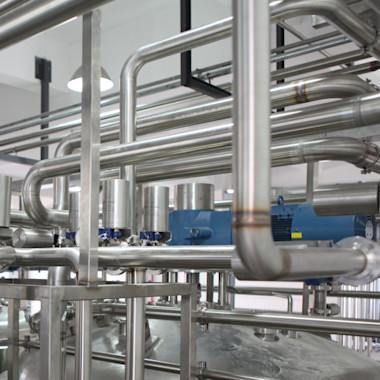 Case Study
Case Study
Reduce furnace CO2 emissions with a heat exchanger
Installing a Heat Recovery Tower recovers generated heat and reduces HFO (heavy fuel oil) consumption, reducing costs and with no impact on production
 Case Study
Case Study
Use geothermal energy to decarbonize warehouses and offices
Shallow geothermal, also called geoenergy, significantly reduces CO2 emissions to heat and cool buildings, and reduces energy consumption and operational costs
 Case Study
Case Study
Design and implement SF6-free solutions for the grid
Decrease SF6 emissions by establishing cross-sector partnerships to identify, design, develop and implement SF6-free assets
 Case Study
Case Study
Optimize chiller efficiency with artificial intelligence
Improved chiller efficiency at the Olympian City 3 shopping mall in Hong Kong by harnessing artificial intelligence (AI), reducing energy used and related costs
 Case Study
Case Study
Improve product environmental footprint with eco-design
Eco-design requirements for energy efficiency and circularity while avoiding the use of hazardous substances and scarce resources in products



































































